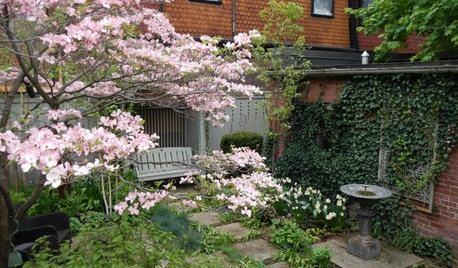No variegation on Fagus Sylvatica 'Franken'
stuartlawrence (7b L.I. NY)
5 years ago
last modified: 5 years ago
Related Stories

LANDSCAPE DESIGN8 Trees Landscape Designers Love for Small Spaces
Learn more about the top-performing trees to grow in tight corners, city courtyards, narrow side yards and more
Full Story









davidrt28 (zone 7)
Embothrium
Related Professionals
Surprise Landscape Contractors · Burien Landscape Contractors · Fishers Landscape Contractors · Melrose Landscape Contractors · Ocoee Landscape Contractors · Setauket-East Setauket Landscape Contractors · South Farmingdale Landscape Contractors · Tinton Falls Landscape Contractors · Leesburg Siding & Exteriors · Panama City Siding & Exteriors · St. Louis Siding & Exteriors · Lake Morton-Berrydale Decks, Patios & Outdoor Enclosures · Lenoir Decks, Patios & Outdoor Enclosures · Mitchellville Decks, Patios & Outdoor Enclosures · Sugar Land Decks, Patios & Outdoor Enclosuresstuartlawrence (7b L.I. NY)Original Author
Embothrium